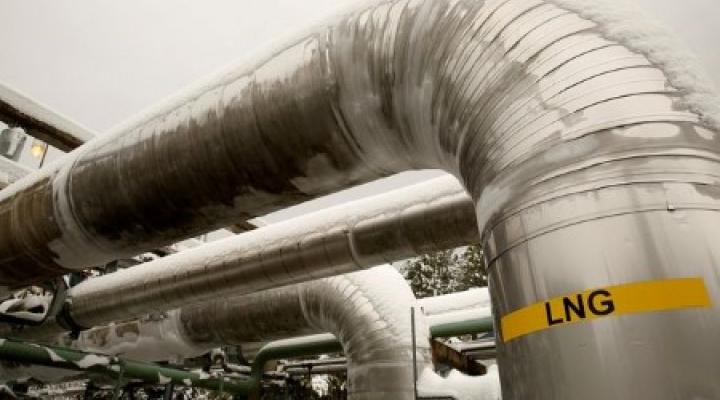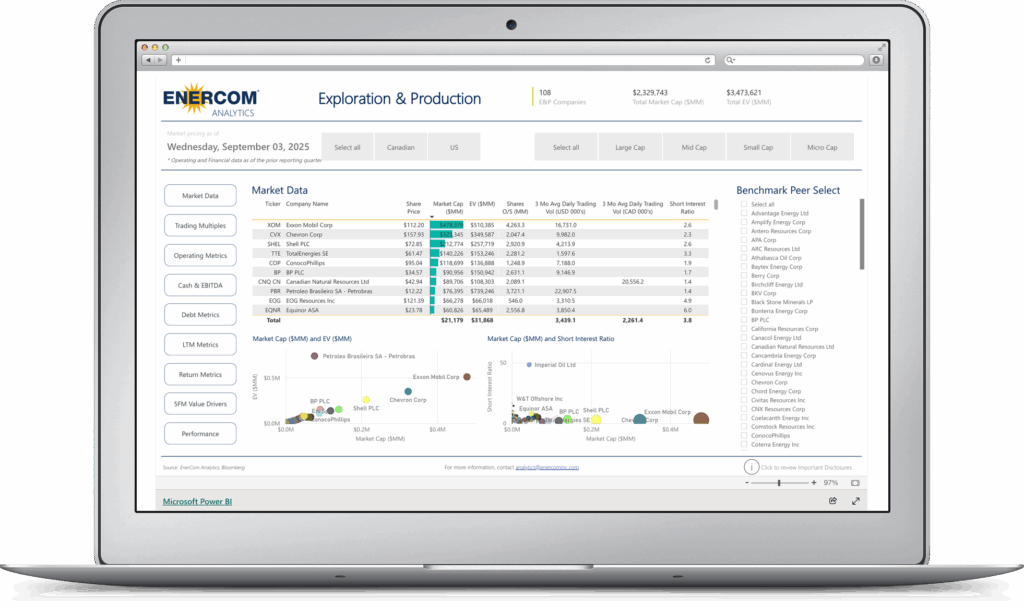U.S. natural gas futures climbed about 4% to a three-week high on Thursday on soaring gas prices in Europe and a decline in U.S. output. That price increase came despite a drop in the amount of gas flowing to U.S. liquefied natural gas (LNG) export facilities due to plant maintenance.

It also preceded a federal report expected to show a bigger-than-usual storage build last week when mild weather limited the amount of gas generation to produce power for cooling.
Analysts forecast U.S. utilities added 95 billion cubic feet (bcf) of gas into storage during the week ended June 9. That compared with an increase of 94 bcf in the same week last year and a five-year (2018-2022) average increase of 84 bcf.
If correct, last week’s increase would boost stockpiles to 2.645 trillion cubic feet (tcf), or 16.0% above the five-year average of 2.281 tcf for the time of year.
In Texas, meanwhile, the state’s power grid operator, the Electric Reliability Council of Texas (ERCOT), pushed back projections that electricity use would break peak demand records this week to next week as homes and businesses crank up air conditioners to escape the summer’s first heat wave.
Front-month gas futures for July delivery on the New York Mercantile Exchange rose 9.7 cents, or 4.1%, to $2.439 per million British thermal units (mmBtu) at 9:26 a.m. EDT (1326 GMT), putting the contract on track for its highest close since May 19.
That also puts the front-month on track to rise for a fourth day in a row and the ninth time in the last 10 days.
Global prices have moved in different directions this month, with gas at the Dutch Title Transfer Facility (TTF) benchmark in Europe soaring to around $12 per mmBtu, which is up about 68% since TTF fell to a 25-month low of $7.34 on June 2.
In Asia, meanwhile, gas prices at the Japan Korea Marker (JKM) in Asia have held near a 24-month low of $9 per mmBtu since late May.
SUPPLY AND DEMAND
Data provider Refinitiv said average gas output in the U.S. Lower 48 states slid to 101.9 billion cubic feet per day (bcfd) so far in June, down from a monthly record of 102.5 bcfd in May.
Canadian gas exports to the U.S. were on track to rise to 7.8 bcfd on Thursday, up from around 7.2 bcfd on Tuesday and Wednesday when wildfires raged in Alberta and other Canadian provinces.
That compares with average Canadian exports of 7.8 bcfd so far in June, 7.4 bcfd in May when the wildfires were at their worst, 8.3 bcfd since the start of the year and 9.0 bcfd in 2022. About 8% of the gas consumed in, or exported from, the United States comes from Canada.
Meteorologists forecast the weather would remain mostly near normal from June 15-22 before turning hotter-than-normal from June 23-30.
With warmer weather coming, Refinitiv forecast U.S. gas demand, including exports, would rise from 93.1 bcfd this week to 96.1 bcfd next week. Those forecasts were similar to Refinitiv’s outlook on Wednesday.
Gas flows to the seven big U.S. LNG export plants fell to an average of 11.6 bcfd so far in June, down from 13.0 bcfd in May. That is well below the monthly record of 14.0 bcfd in April due to maintenance at several facilities, including Cheniere Energy Inc’s Sabine Pass in Louisiana.
On a daily basis, the amount of gas flowing to LNG plants dropped to 10.2 bcfd on Wednesday, the lowest since December 2022.
(Reporting by Scott DiSavino; editing by Barbara Lewis)



